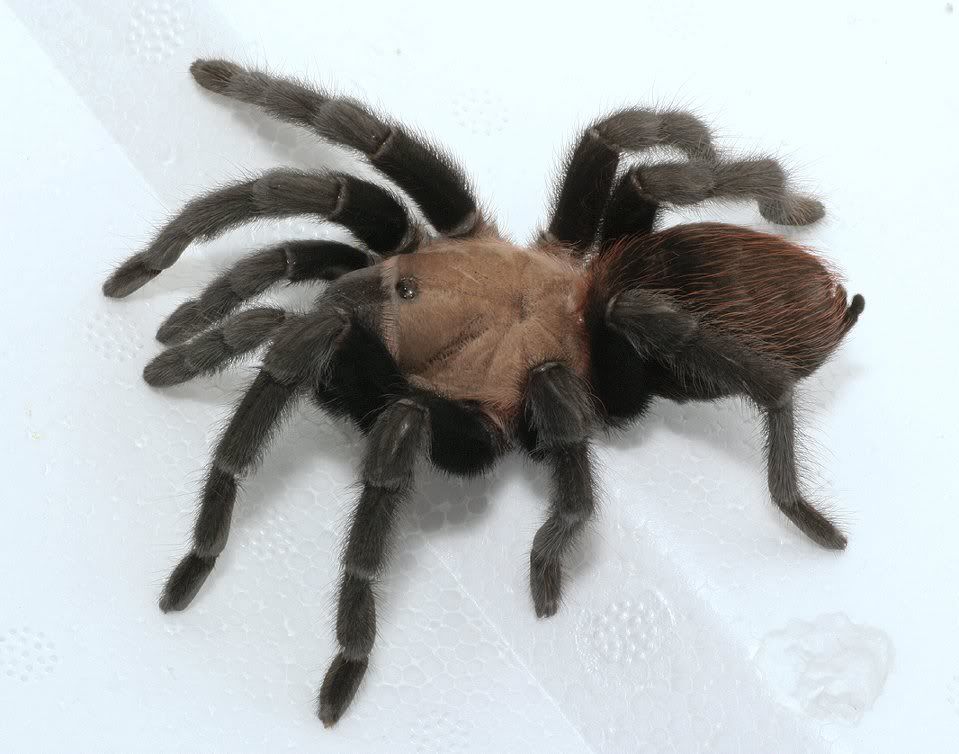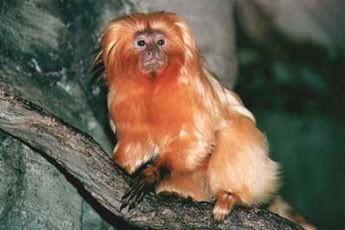interesting lizard facts
December 2, 2009 | In: Animal facts for kids

Lizards are a very large and widespread group of squamate reptiles, with nearly 3,800 species.
Lizards first appeared approximately 200 million years ago, evolving alongside the dinosaurs.
The tail of some lizards separate from the body when the lizard is grabbed.
Lizards are found on every continent in the world except Antarctica.
Only two species of Beaded Lizards are venomous, the Gila Monster and the Mexican Beaded Lizard.
The adult length of species within the suborder ranges from a few centimeters for some chameleons and geckos to nearly three meters (9 feet, 6 inches) in the case of the largest living varanid lizard, the Komodo Dragon.
Most lizards are 4-legged, but a few have only 2 legs and others are legless.
The best lizard climber is the Gecko, claws down.
An iguana can stay under water for 28 minutes.
Lizards have eyelids, this enables lizards to blink.
Chameleons have telephoto eyes!
Unlike all other known vertebrates, which have positive lenses, chameleons have both a positive and negative lens, much like a telephoto camera. This keen telephoto vision helps make up for their relatively slow movement when catching prey and detecting predators.
Chameleons also have binocular vision, which means their eyes move independently of each other. They can look forward with one eye and backwards with the other!
The tuatara, a lizard-like reptile, has three eyes! The third “parietal” or “pineal” eye is on top of the head.
Unlike normal eyes, this third eye is primitive, and cannot detect and identify shapes. Some scientists think that the eye may sense how bright the light is, helping tuataras regulate the amount of time they spend basking in the sun.
Tuataras are native to New Zealand and are thought to be the most ancient of all reptiles, dating back almost 200 million years to the Mesozoic, the beginning of the Age of Reptiles.
Some species of Whiptail Lizard have no males!
These species, which include the New Mexico whiptail lizard, reproduce by parthenogenesis. That means that their eggs do not need to be fertilized to produce offspring.
In these species, all baby lizards that hatch are females, and are clones (exact genetic copies) of the mother.
The basilisk lizards of Central America can run across water on their hind legs to escape danger!
These lizards keep from sinking by running up to 7.5 mph (12 kph) and with the help of special scales on the bottoms of their hind feet which help distribute their weight. Some basilisk lizards have been observed crossing lakes 1300 feet (400 m) wide without sinking!
Basilisk lizards are also good swimmers and divers, and are able to remain underwater for long periods of time.




